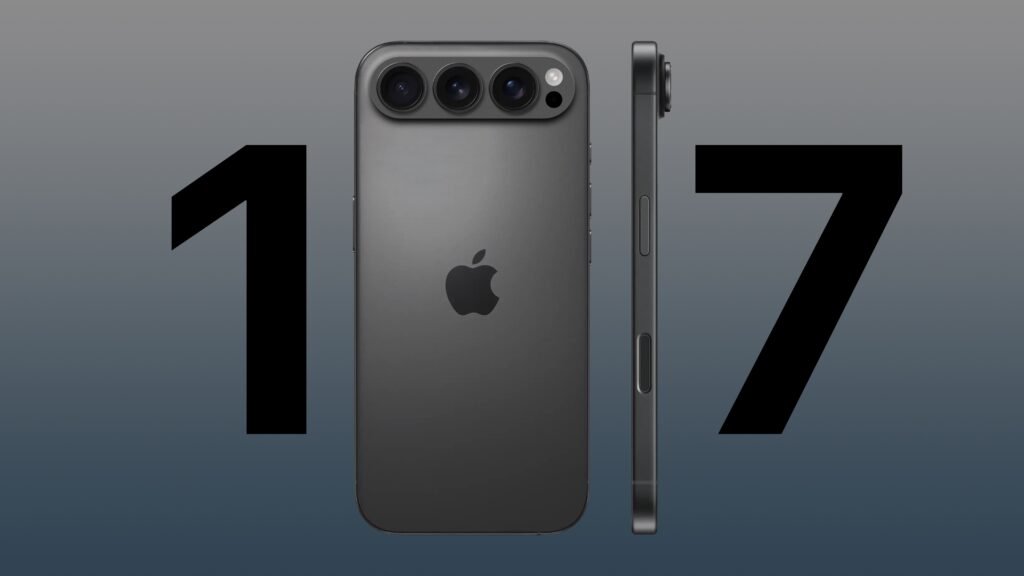AR, which refers to the blending of physical and digital worlds, is at a stage where it is used in many fields including gaming, retail, entertainment, and education. This adoption of AR into existing fields is a far cry from the days when it was considered to be pure sci-fi. Apple too has invested in Augmented Reality and with the iPhone 17 Pro, might be refining the ecosystem and setting new standards in mobile AR.
Areas of Improvement for Better AR iPhone 17 Pro
Having seamless AR experiences means the supporting hardware must perform exceptionally well which is why the iphone 17 pro might outperform its competitors in the following areas.
1. Dedicated AR Chip
Apple designed chips have been innovative and maintained a lead in the smartphone market speculations say the iPhone 17 Pro will bring a new generation chipset and the neural engine will allow faster real time spatial mapping. With the A17 Pro also supporting ray tracing graphics, the new iteration is expected to offer similar capabilities and more.
2. Enhanced LiDAR and Depth Sensors
Spatial awareness continues to be one of the most crucial elements of Augmented Reality (AR). Current LiDAR scanners tend to be effective, albeit limited, in range. Advanced LiDAR systems in the iPhone 17 Pro could improve detection distance, detail capture, and versatility across lighting conditions. Such improvements could positively impact AR gaming, medical imaging, and home design visualization.
3. Innovations in displays
AR certainly has its place in headsets, however, iPhones still play an important role in handheld AR. In this regard, iphone 17 pro max models with OLED or micro-LED displays capable of higher brightness and refresh rates may make virtual objects look sharper and more seamlessly blended into the real world.
4. Improved Efficiency
The resource-heavy nature of AR means that iPhones tend to be depleted of charge much more quickly. In that regard, properly optimized power management systems in iPhone 17 Pro models may enable extensive, uninterrupted AR usage, confirming iPhone practicality in personal and work environments.
AR Adoption
In the past, the most serious issue with Augmented Reality was its accessibility. The Vision Pro steep price, as well as its size, have made the device niche. Phones are a different story, and they are mainstream. The iPhone 17 Pro was Apple’s attempt at embedding cutting edge AR technology into a device. This would allow millions of users to easily incorporate and normalize AR into their daily routines. This adoption will, through the creation of new AR apps, stimulate the demand for their usage.
With fully developed sensors and advanced processing power, The iPhone 17 Pro, Pro Max, or any of their counterparts, are likely to catalyze the mobile phone AR revolution. Integration of these devices with Apple’s software ecosystem will make AR more realistic and it will gradually be adopted by the mass. Although privacy and comfort concerns linger, the Apple iPhone 17 Pro can serve as the first device that will AR browsing, and web-streaming. With the vision of long-term spatial computing and absolute dominance of the smartphone market, Apple can finally shift the narrative. The iPhone 17 Pro, along with its other variants will no longer be communication devices but pivotal devices that will integrate its users into the new era of interaction.

